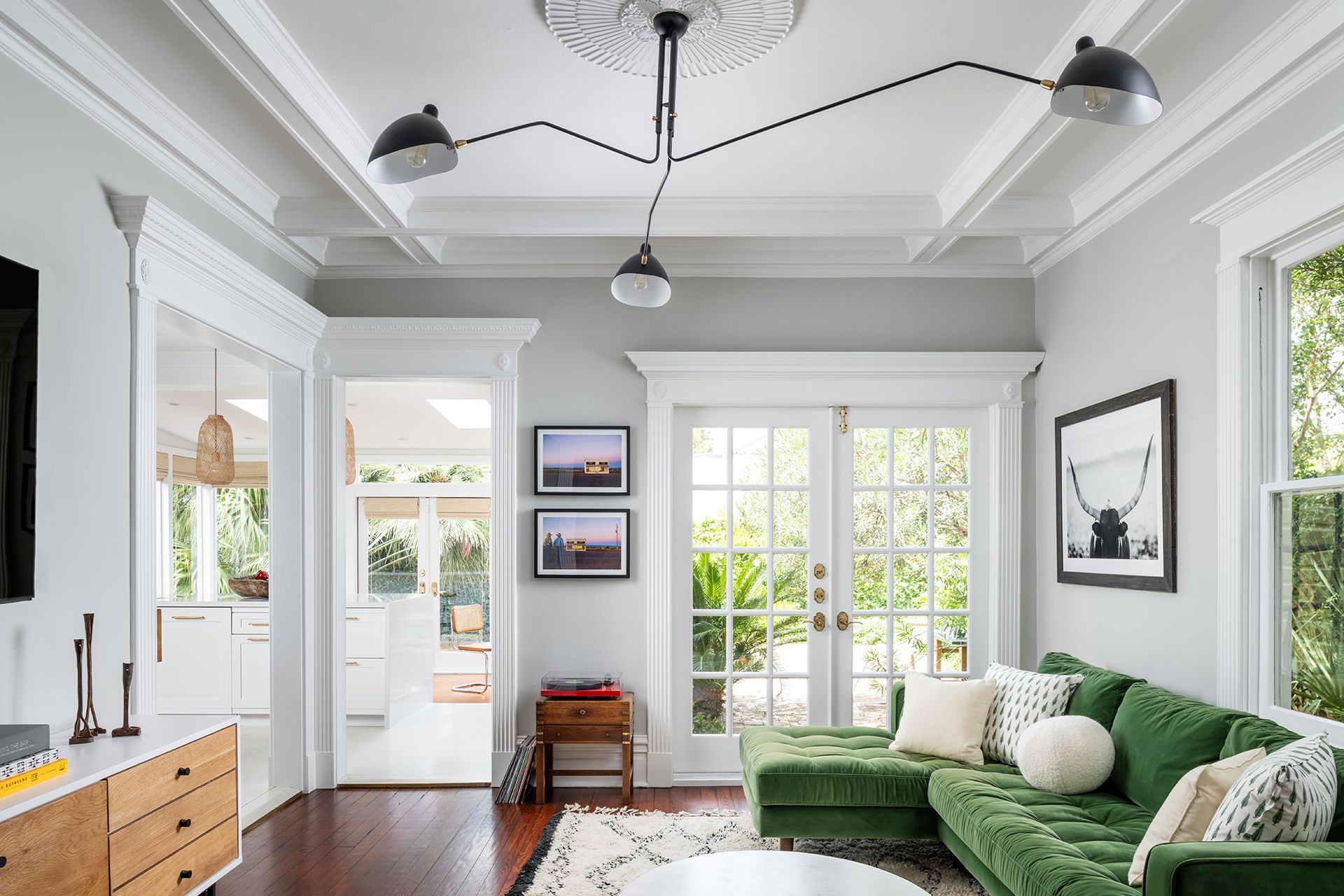Renovating your home can be one of the most exciting—and financially daunting—projects you take on as a homeowner. Whether you’re remodeling your kitchen, upgrading a bathroom, or planning a full structural renovation, one of the most critical aspects of success lies in a well-thought-out renovation budget.
Here’s how to build a home renovation budget that works—and avoids costly mistakes.
Define Your Goals
Before you break out the calculator, get clear on what you want to achieve. Are you renovating for functionality, aesthetics, resale value, or all three? Defining your goals will help you allocate funds appropriately and avoid overspending on areas that don’t align with your priorities.
Know the Real Costs
Many homeowners underestimate how much renovations truly cost. For example, a kitchen remodel can easily run $60,000–$70,000, and even a mid-sized bathroom update may come close to $50,000. The costs include not just materials, but labor, design, permitting, inspections, and sometimes temporary accommodations.
Tip: Always reverse-engineer your budget. If your maximum budget is $200,000, factor in taxes (e.g., HST in Canada) and subtract 10–15% as a contingency. You’re likely working with a “true” renovation budget of $150,000–$160,000.
Prepare for the Unexpected

No matter how much planning you do, renovations often reveal hidden issues—especially in older homes. Mold behind drywall, outdated wiring, or structural surprises are all common. That’s why contractors like Mike Valchuk of Building Dreams Contracting recommend keeping a contingency fund of 10–15% of your total budget. It gives you flexibility without derailing the project.
Don’t Skimp on Professional Help
While DIY can save money in theory, in practice it often leads to higher costs when things go wrong. Structural work, electrical, and plumbing should always be left to licensed professionals. And when it comes to design, spending a few thousand dollars on a solid design package can prevent costly errors and delays down the road.
Communicate and Document Everything
Clear communication with your contractor can make or break your renovation experience. Tools like BuilderTrend—a construction management software—are used by professionals to keep everything transparent: from daily logs and timelines to selections and scope changes.
Track and Review As You Go
As your renovation progresses, track spending against your budget weekly. This ensures small overages don’t turn into major financial stress.
Don’t Forget the Cleanup
Most people plan for tile and paint—but not the aftermath. A home renovation, especially one involving demolition, creates a surprising amount of debris. Renting a residential friendly dumpster is an efficient and cost-effective way to keep your project clean and on schedule.

